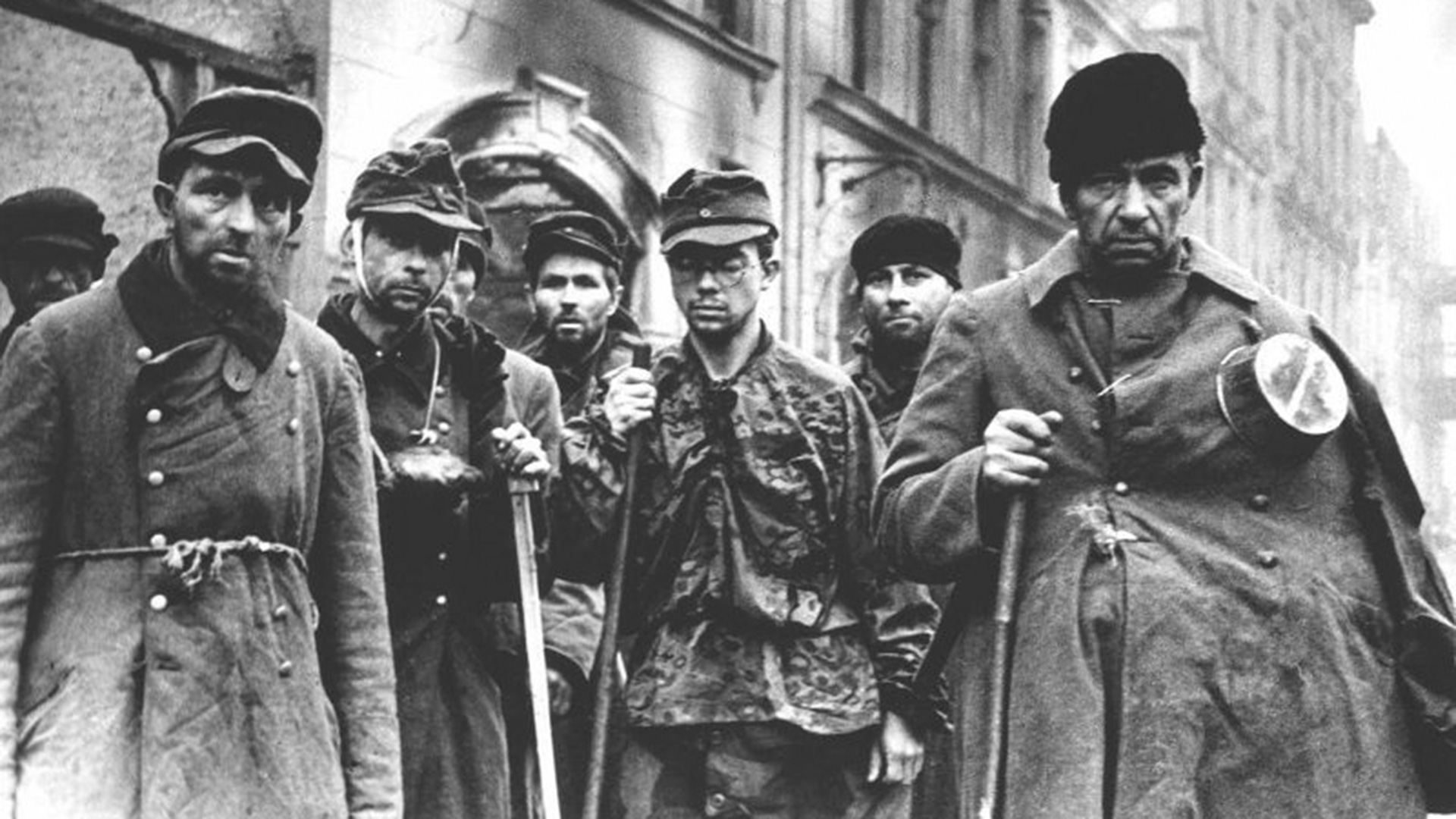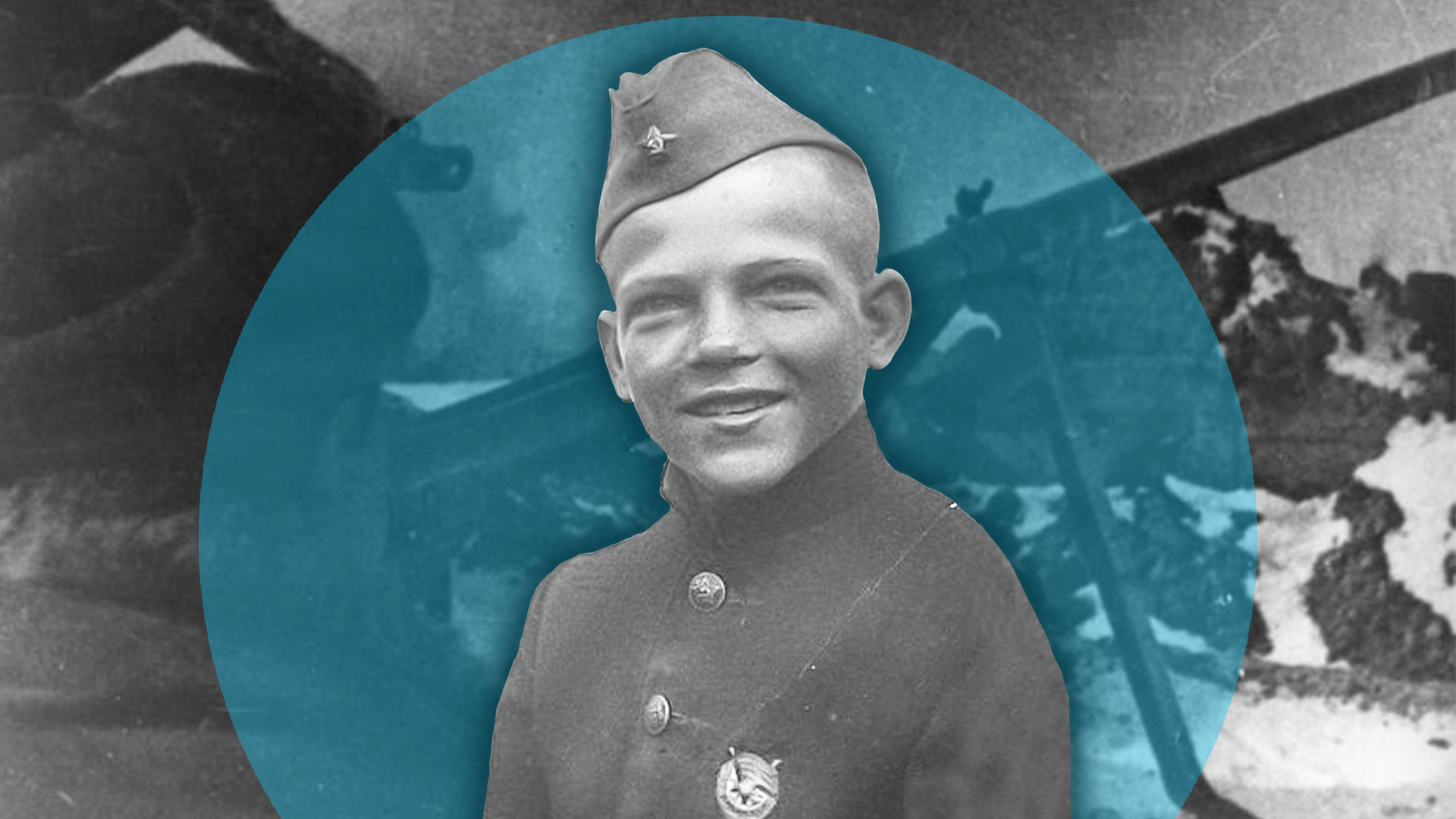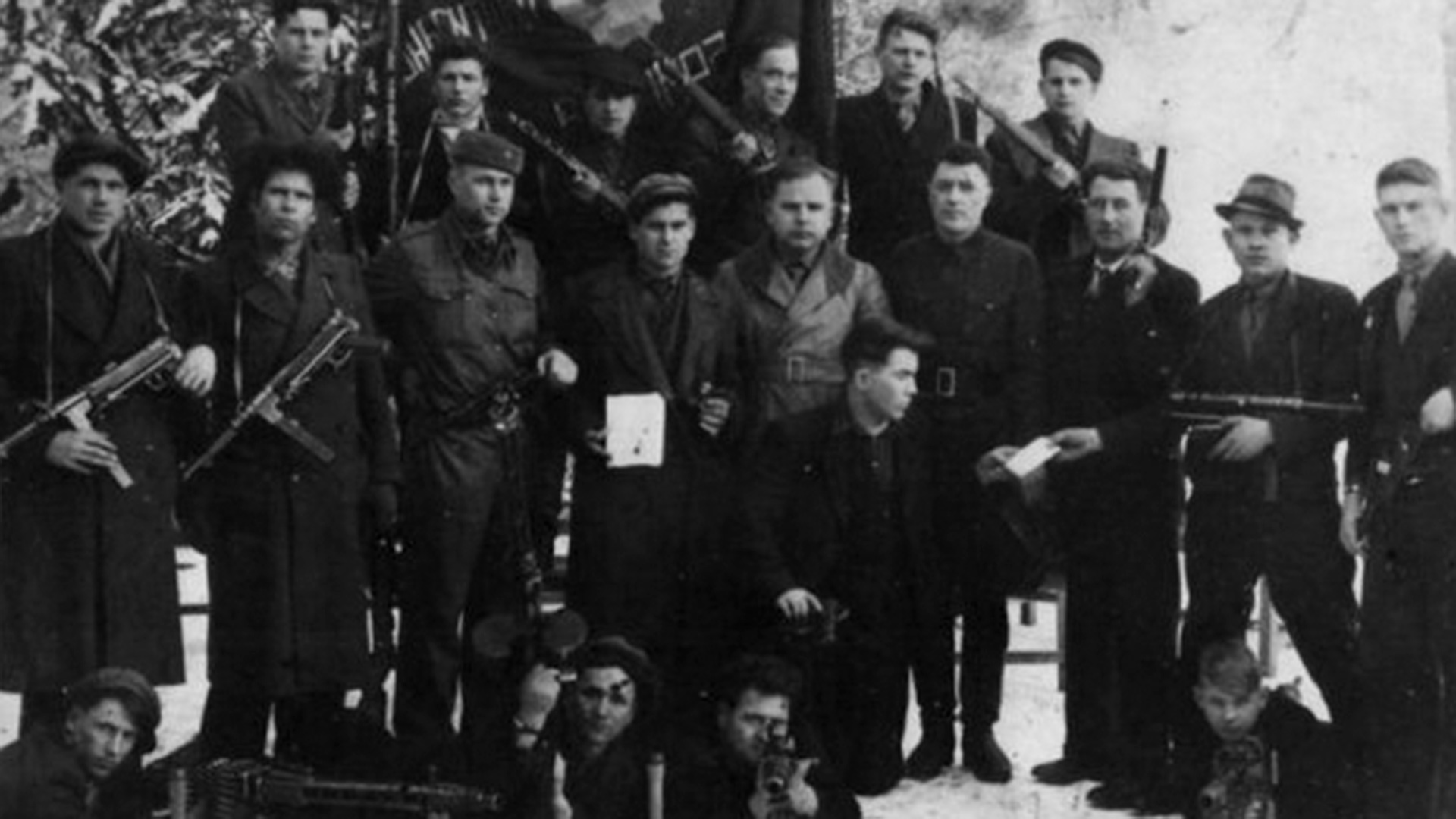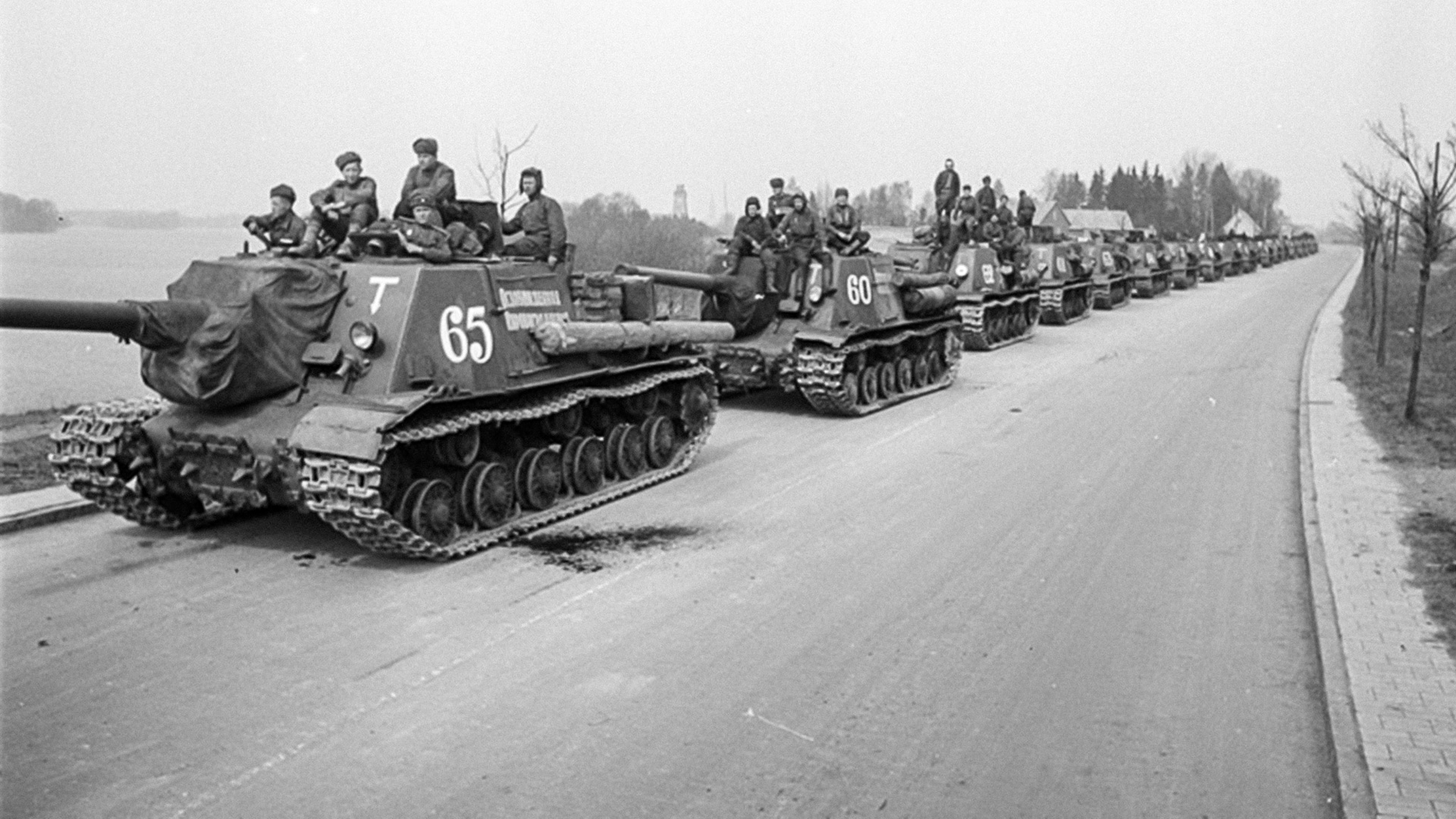
How a Soviet signalman destroyed nine German tanks
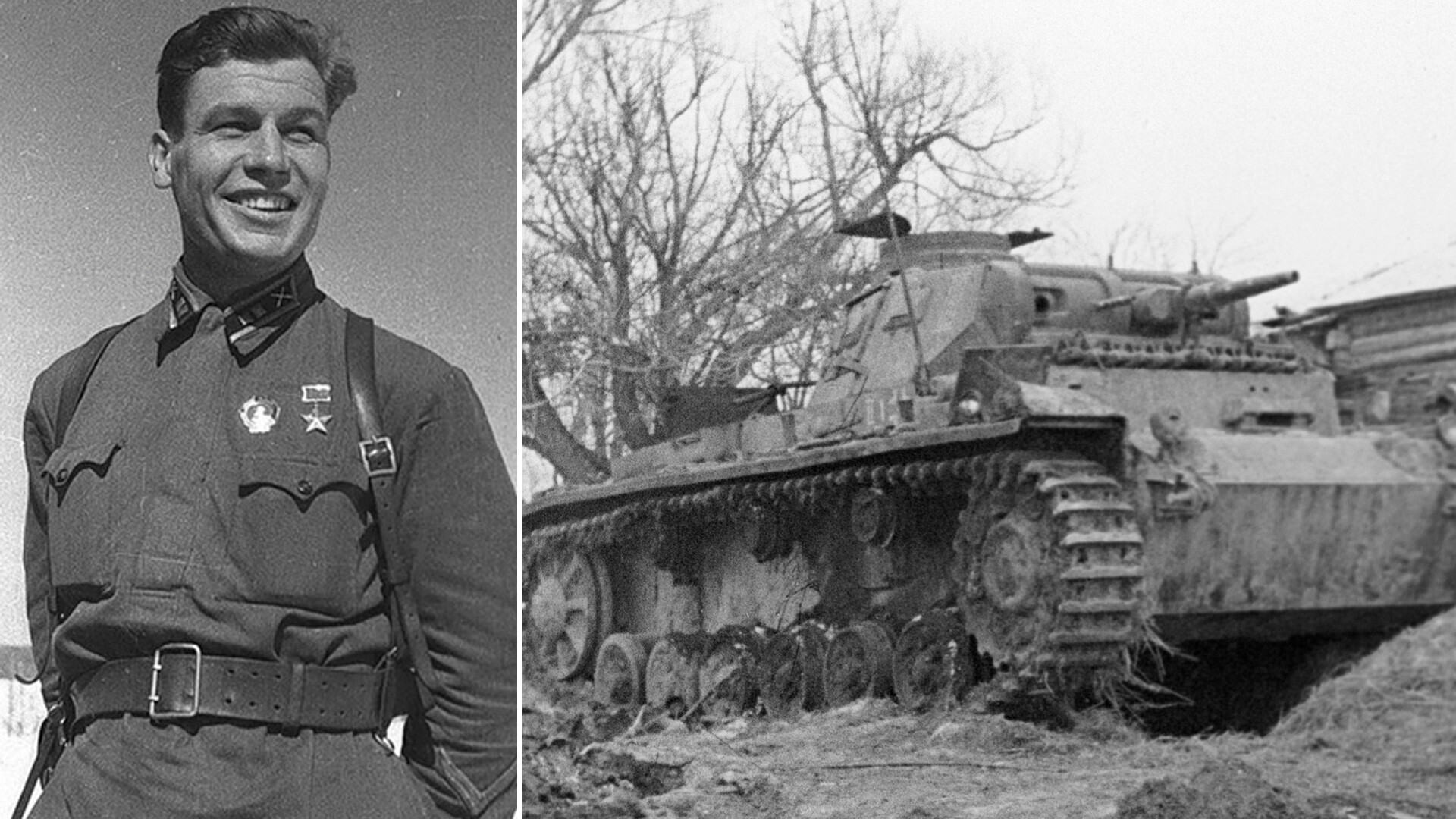
Junior Sergeant Pyotr Stemasov, commander of the radio operator's section of the 289th anti-tank artillery regiment, had never fired a cannon in his life. Although, he knew the theory in general terms and had watched the work of artillerymen from the side more than once.
On October 25, 1941, during the battle for Moscow, he had to accept the challenge – from a signalman to retrain as an artilleryman. And, to do it without any preparation right in the middle of a heavy battle.
The battery commander sent Stemasov to one of the firing positions to find out why there was no communication with it. On the spot, he found out that the anti-tank gun crew had been killed and the carriage was covered with earth.
Only a gunner named Roman Neronov survived. A tractor driver (tractors were used to tow the guns), only known as Chobotov, was also nearby.
As a non-commissioned officer, Stemasov took command. The soldiers dug out the gun and began to prepare it for battle – German tanks were just approaching the position.
It turned out that the gun's panorama (periscopic sighting mechanism) was damaged. While Neronov was running off for a new one, Stemasov and Chobotov opened fire on the enemy. The commander had to aim the gun with his naked eye.
The first trial shot was fired at a haystack. The second was already at the enemy tank – a direct hit! A further enemy vehicle was hit in the same way.
Soon, the gunner brought a new panorama and the operation went like clockwork. Seven more German tanks were left to burn on the battlefield.
When the enemy began to outflank the firing position, the soldiers hitched the gun to a surviving tractor and headed into the forest.
Peter Stemasov was awarded the title of ‘Hero of the Soviet Union’ for initiative and courage shown in the battle. He safely survived the war and died in 2000 at the age of 83.






